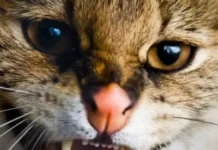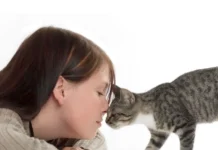Understanding Pain in Senior Cats: A Comprehensive Guide
Cats typically enter their senior years around ten years of age, yet many can live into their twenties. As they age, cats often face increased health complications, mirroring the challenges encountered by aging humans.
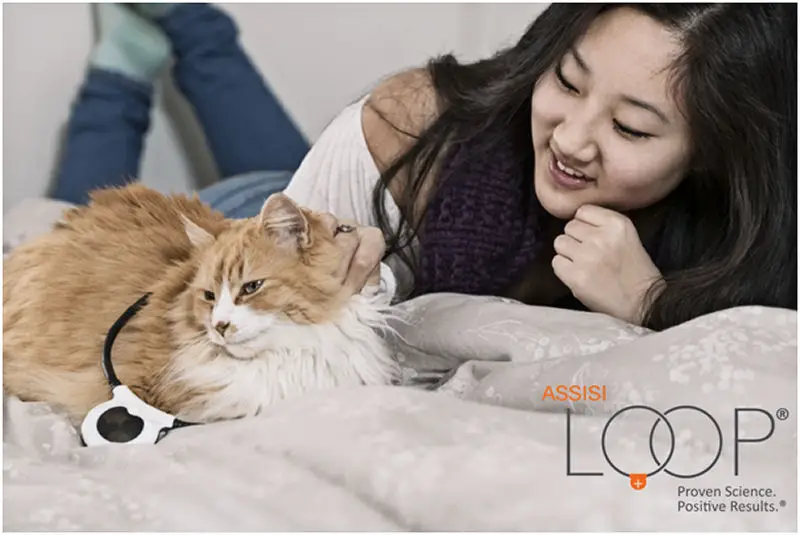
This article delves into the reasons older cats experience pain and provides actionable strategies to enhance their comfort.
Changes in Older Cats
The immune system of senior cats is generally weaker, reducing their ability to combat illness effectively. Cat owners often observe behavioral changes in their aging pets. While aging is a natural process, it’s vital not to overlook the signs that your cat may be in distress. Regular communication with your veterinarian about any changes in behavior is essential for monitoring your senior cat’s health.
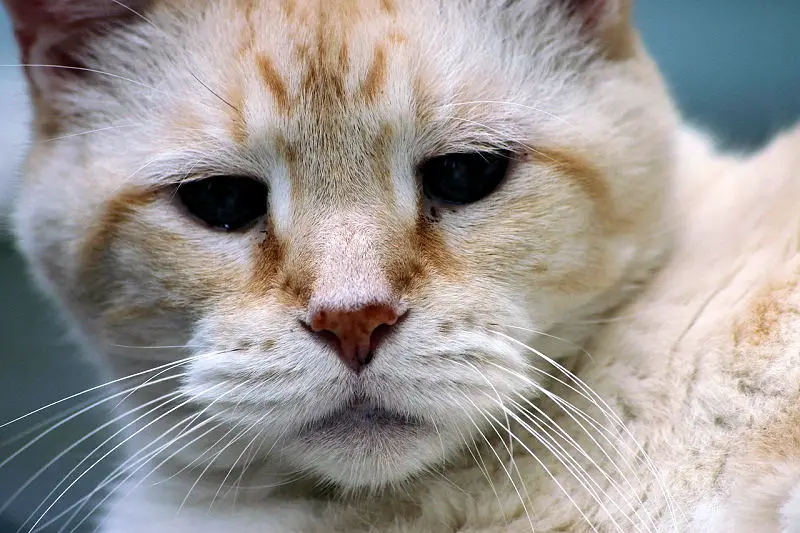
Routine veterinary check-ups are crucial for detecting diseases early. If you observe unusual behavior in your cat, don’t hesitate to schedule an examination.
Identifying Pain in Senior Cats
Cats are adept at concealing pain due to their survival instincts. Consequently, it can be challenging for owners to recognize when their feline companions are unwell.
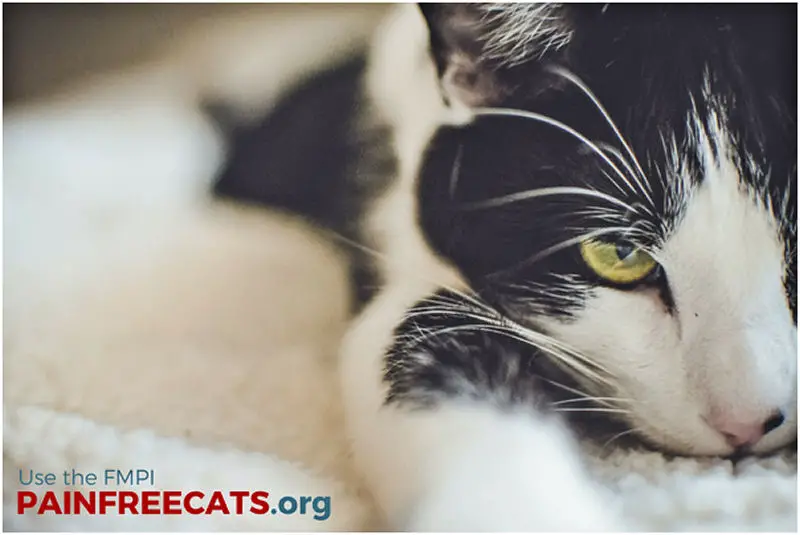
Common indicators that your cat may be in pain include:
- Decreased appetite: A reluctance to eat can indicate discomfort or pain in your cat.
- Difficulty moving: If your cat struggles to jump onto their favorite spots or shows signs of limping or unsteadiness, they may be in pain.
- Increased sleep: Older cats naturally sleep more, but a significant increase in sleep may signal underlying issues.
Utilizing the Feline Musculoskeletal Pain Index (FMPI) can help assess your cat’s pain level, facilitating an informed discussion with your veterinarian about potential treatment options. The FMPI is the first clinically validated tool specifically designed to diagnose chronic pain in cats related to conditions such as degenerative joint disorders.
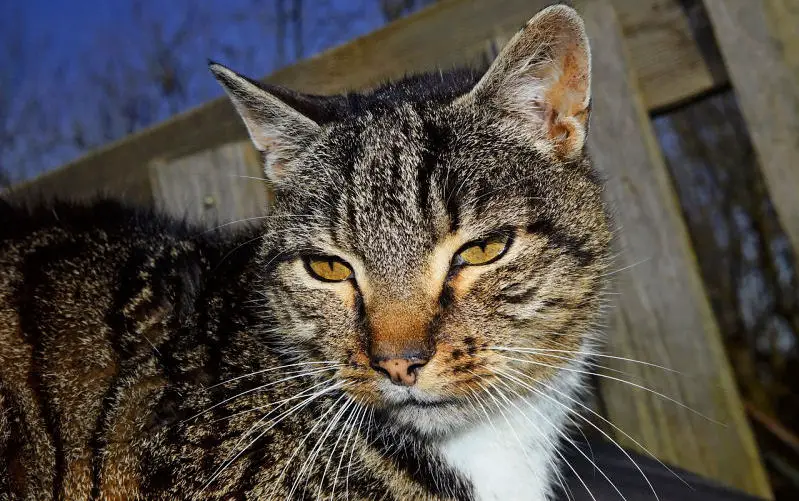
Effective Pain Management Solutions
While chronic pain is prevalent among older cats, effective treatment can be challenging. One promising option is the Assisi Loop, a prescription device designed to alleviate pain through non-pharmaceutical anti-inflammatory methods. This device has been shown to effectively address inflammation caused by a variety of conditions, including arthritis and post-surgical swelling.
The Assisi Loop employs low-level energy pulses to promote healing while reducing pain and inflammation, ensuring both safety and efficacy as it is FDA-approved for human use.
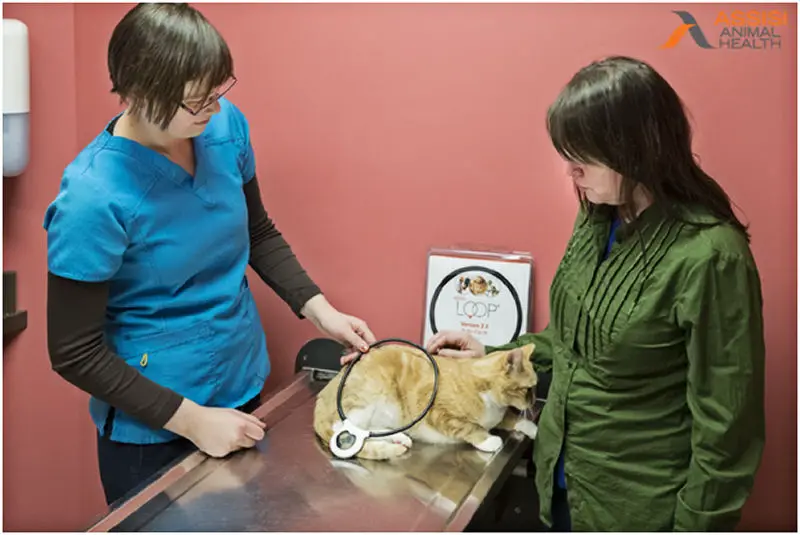
If you suspect your older cat is in pain, it’s imperative to consult your veterinarian for a thorough evaluation. If inflammation is identified, inquire about the Assisi Loop as a potential treatment option.
For further information on the Assisi Loop, visit the Assisi Animal Health website.




